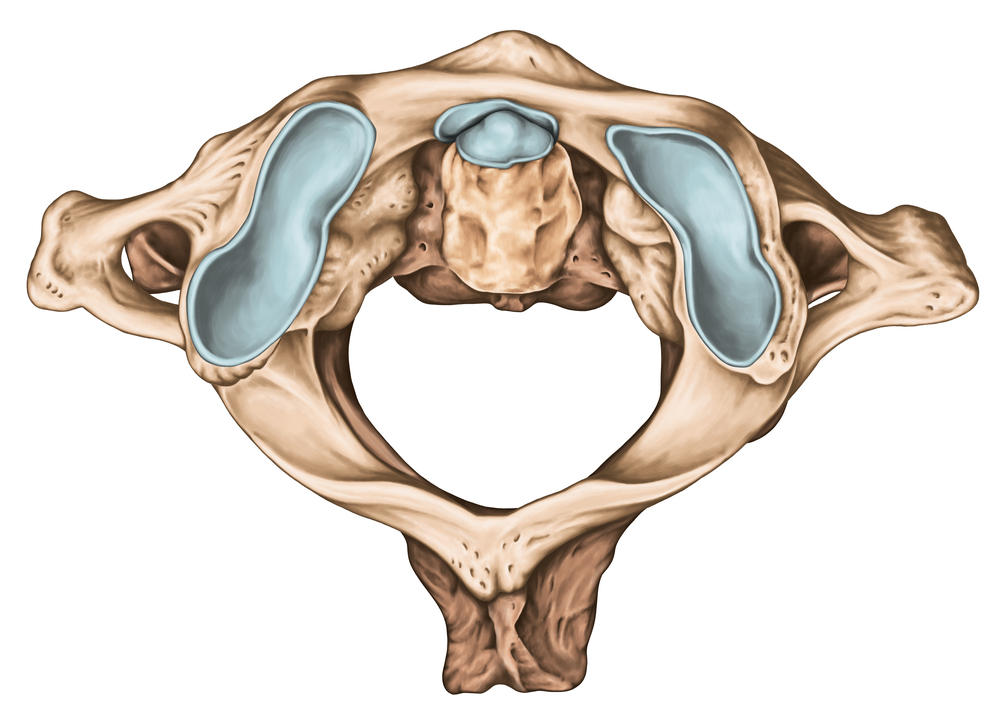
Cancer is still a leading cause of death in America, but cervical cancer death rates have dropped dramatically in the past 40 years, down more than 50 percent, according to the American Cancer Society.
The organization attributes this dramatic lowering of mortality primarily to increased cancer screenings, or Pap tests, that find changes in the cervix prior to the development of cancer. The test can also find cancer in its earliest stages, which makes it more curable.
In previous years, annual Pap tests were the norm for women of reproductive age or older to screen for cervical cancer, however current guidelines suggest that women don’t need to begin screening until age 21, and that the test only need be conducted every three years.
This changes as women enter their 30s, when the society recommends that cervical cancer screenings be conducted in five-year intervals along with screens for Human Papillomavirus (HPV), which has been linked to cervical cancer. Alternatively, women may opt for only Pap tests every three years from ages 30 to 65. Women with higher risks for cervical cancer may require more frequent testing, and should follow the recommendations of their health care provider.
After retirement age, or at age 65, women who haven’t experienced any abnormalities in their past 10 years of Pap tests needn’t have cervical cancer screenings, except in special circumstances. The screening requirement also ends for most women who have had a total hysterectomy.
For more information about cervical cancer, detection and treatment, turn to the American Cancer Society.